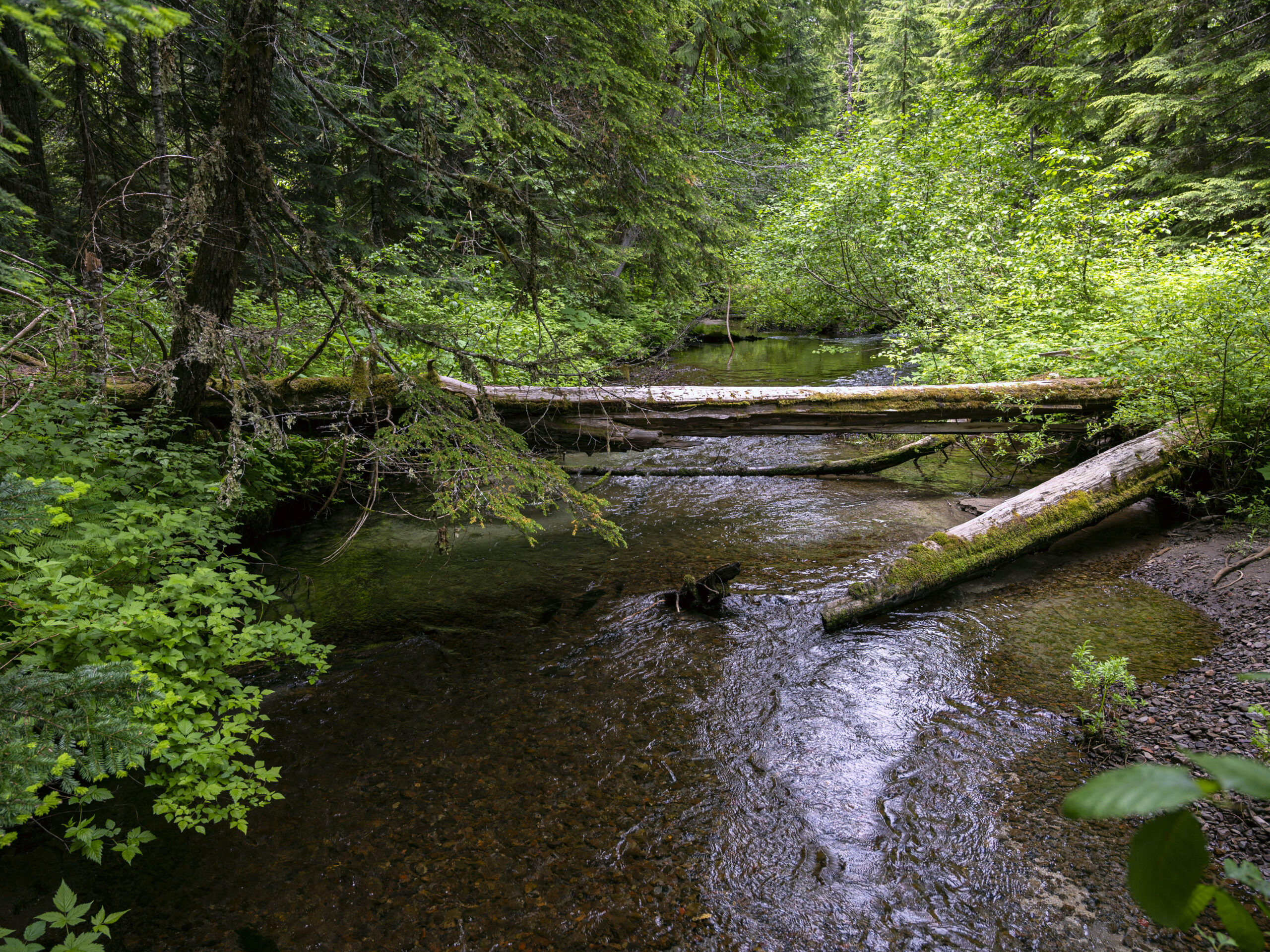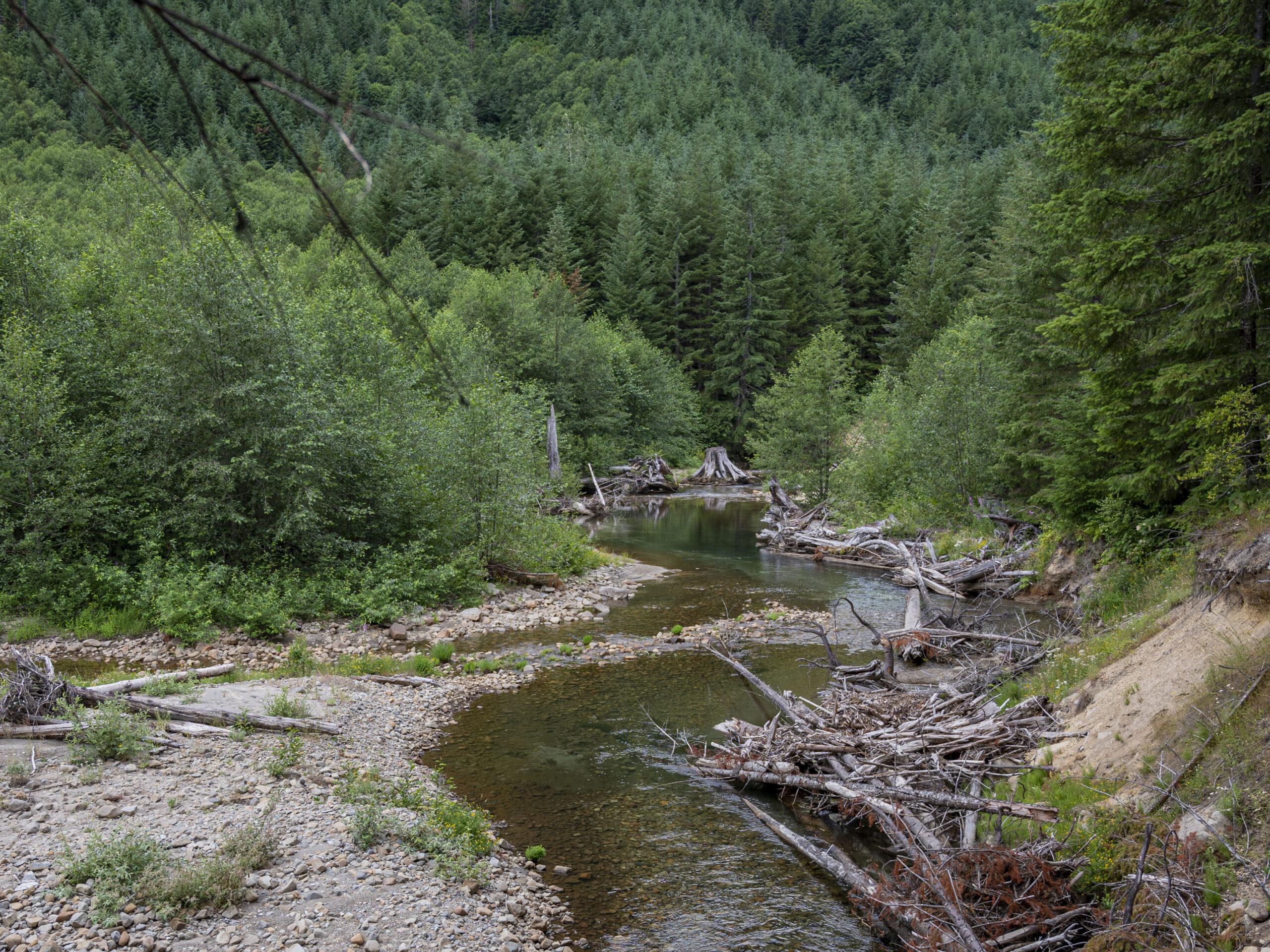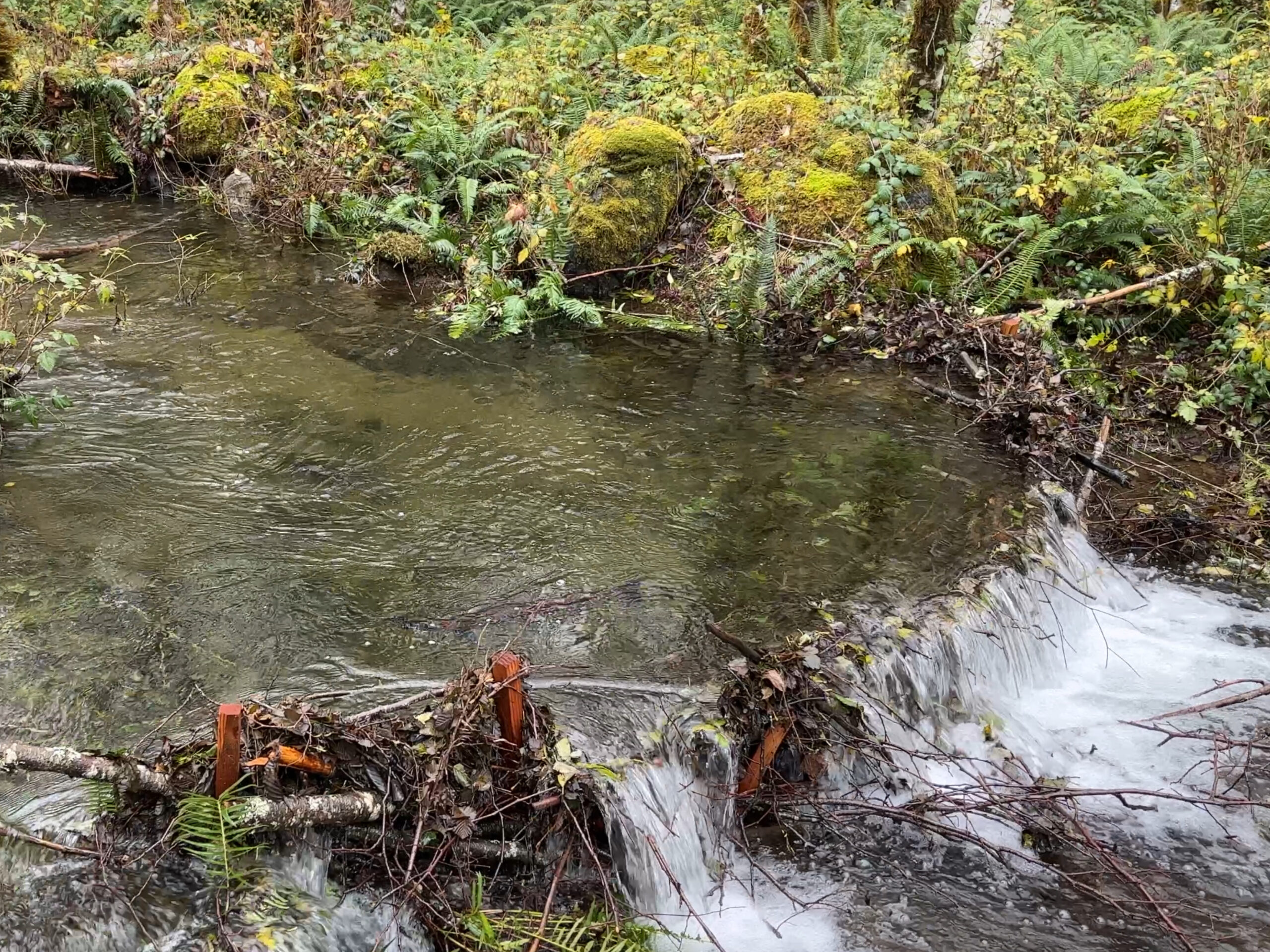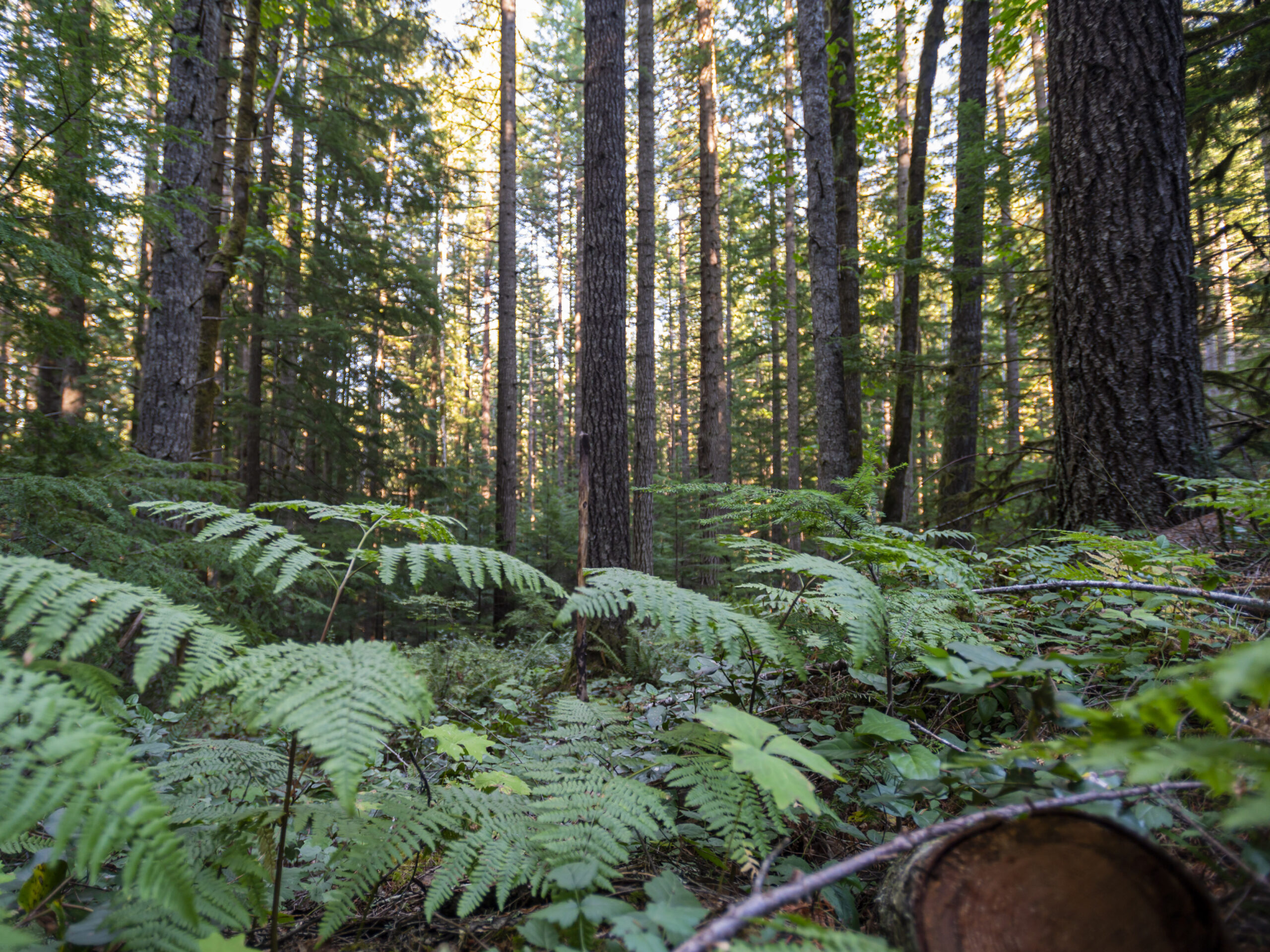[vc_row row_type=”row” use_row_as_full_screen_section=”no” type=”grid” angled_section=”no” text_align=”left” background_image_as_pattern=”without_pattern” css_animation=””][vc_column][vc_column_text]
By Nicole Budine
[/vc_column_text][vc_empty_space height=”35px”][vc_column_text]Lush, old-growth, conifer forests are an iconic feature of the Pacific Northwest. Large, magnificent trees and brilliant shades of green bring people from near and far to these forests to recreate. Pacific Northwest old-growth forests are beautiful backdrops for recreation, but they also have an important role in mitigating climate change impacts. The Gifford Pinchot National Forest, which has several areas of low elevation mature and old growth forests, is ranked fourth in the nation for carbon storage. Old forests absorb more carbon than young forests because there is a complex ecosystem, with each plant, animal, and fungi playing a role in carbon storage. As part of our climate resilience blog series, this article highlights information on old-growth forests and carbon storage presented in our Wildlife and Climate and Resilience Guidebook.
 Northwest Forest Plan
Northwest Forest Plan
Decades of clearcutting left a legacy of young plantations and fragmented old forests. Logging old-growth forests releases a lot of carbon by cutting old trees and disrupting the diverse ecosystem working to store carbon. Thankfully, old-growth logging on our federal public lands in the northwest was mostly halted by the Northwest Forest Plan, created in 1994 in response to the impact of large-scale clearcutting on the federally-protected northern spotted owl. One way the Northwest Forest Plan changed logging on federal lands was by allocating land for the future development of old-growth characteristics, called Late Successional Reserves, or “LSRs.” Management of LSR forests should encourage the future development of old-growth characteristics including downed logs, standing dead trees called “snags,” and diverse understory plants. By encouraging the development of old-growth characteristics in reserves throughout the region, the Northwest Forest Plan protected entire old-growth ecosystems, not just individual trees.
Recovering the Landscape
Although many old-growth forests are safe from clearcutting today, we still have a long way to go to recover from the mistakes of the past. Connectivity between large, biodiverse areas is important to support long-term ecosystem stability in the face of a changing climate, but decades of clearcutting fragmented mature and old-growth forests. By protecting roadless areas and expanding wilderness areas, we can preserve the high carbon storage potential of remaining old-growth forests and improve connectivity across the landscape. The Northwest Forest Plan provides a framework for encouraging the development of future old-growth forests, but it only applies to federally-owned lands. Various landowners working in partnership to promote the development of mature forests will increase carbon storage potential throughout the region.
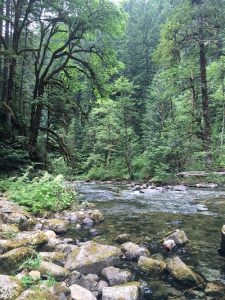 Mature forests, well on their way to developing old-growth characteristics, are at-risk in controversial clearcutting projects. Forests that are 80 years or older are often already developing the diversity needed to be valuable habitat and climate refugia. Logging these areas, if done at all, should focus on the development of old-growth characteristics. Commercial logging should focus on thinning plantations to improve diversity, as plantations offer little value for either habitat or carbon storage. Management of forests should look beyond their financial value for timber production and also consider their immense value in mitigating the costly impacts of climate change.
Mature forests, well on their way to developing old-growth characteristics, are at-risk in controversial clearcutting projects. Forests that are 80 years or older are often already developing the diversity needed to be valuable habitat and climate refugia. Logging these areas, if done at all, should focus on the development of old-growth characteristics. Commercial logging should focus on thinning plantations to improve diversity, as plantations offer little value for either habitat or carbon storage. Management of forests should look beyond their financial value for timber production and also consider their immense value in mitigating the costly impacts of climate change.
To learn more about the Northwest Forest Plan and forest management in the Gifford Pinchot National Forest, visit: https://cascadeforest.org/our-work/forest-management/[/vc_column_text][vc_empty_space height=”50px”][/vc_column][/vc_row][vc_row row_type=”row” use_row_as_full_screen_section=”yes” type=”grid” angled_section=”no” text_align=”left” background_image_as_pattern=”without_pattern” css_animation=”” css=”.vc_custom_1465592094531{background-color: #96d1ae !important;}”][vc_column][vc_row_inner row_type=”row” type=”grid” text_align=”left” css_animation=””][vc_column_inner][vc_empty_space height=”125px”][latest_post_two number_of_columns=”3″ order_by=”date” order=”ASC” display_featured_images=”yes” number_of_posts=”3″][vc_empty_space height=”75px”][/vc_column_inner][/vc_row_inner][/vc_column][/vc_row]


